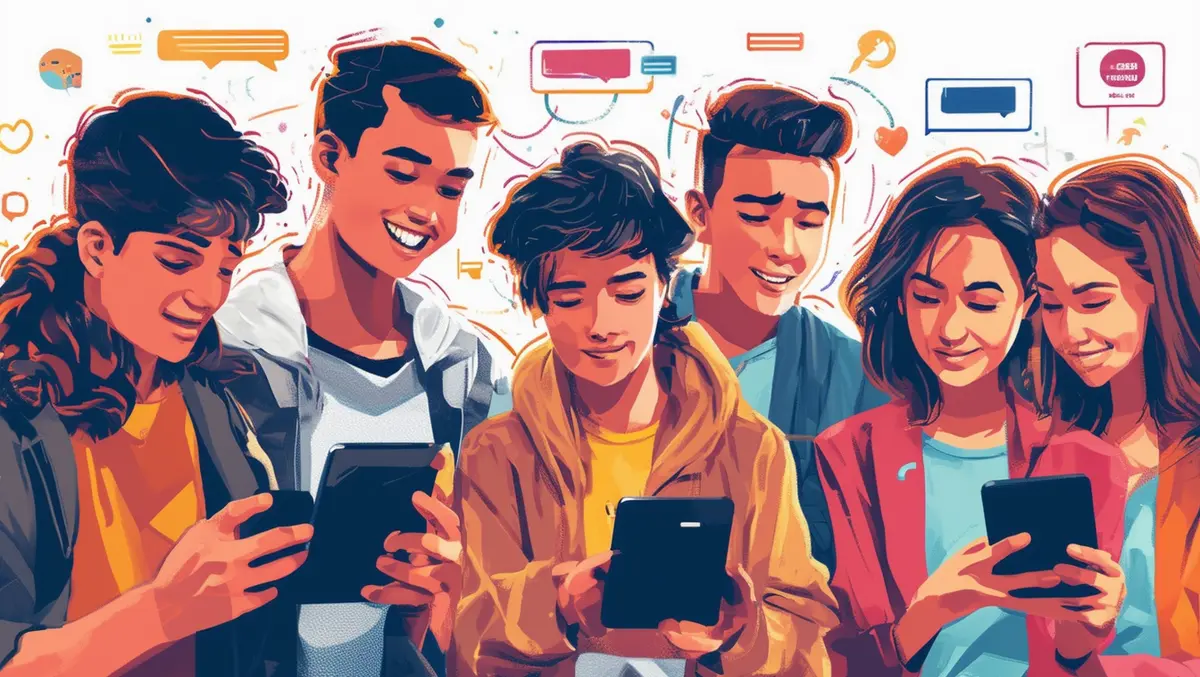
Research reveals online content's dual impact on Kiwi youth
Valuable insights into the impact of online content on body image among young New Zealanders have been unveiled through new research commissioned by the Classification Office and Netsafe. The Body Image Report, released as part of Netsafety Week, sheds light on how social media and other online platforms influence the wellbeing and self-perception of young people.
A significant finding from the research suggests that online content, while sometimes fostering unrealistic beauty ideals, can also promote positive body image by embracing diversity. This dual impact underscores the importance of understanding and addressing the nuanced experiences of youth in digital spaces.
Chief Censor Caroline Flora elaborated on the motivations for the research, stating, "We want to encourage and empower whānau to understand what young people are experiencing online and have open conversations. We also recognise that there is some good messaging around health and wellbeing online."
She noted that personal context, social circles, and tailored algorithms greatly shape experiences online, posing challenges for both the Classification Office and safety organisations like Netsafe. "Critical thinking and open conversations are key to preventing and addressing harm in this context. Online content can be entertaining, informative and fun, but it can also do harm — that's why we carried out this research alongside Netsafe," Flora added.
Netsafe CEO Brent Carey highlighted concerns about online harm affecting teenagers. He indicated that 12.67% of online harm reports to Netsafe involve teenagers, a statistic based on voluntary disclosure. Carey stated, "It is vital the views of young people are heard because their experience growing up in a digital age is different to those in positions of power. Positive role modelling by parents rather than strategies based on fear is what they are asking for, and so that is what we are aiming to encourage."
Carey pointed out a disconnect between parental concerns and the actual issues faced by young people. He mentioned that while parents worry about bullying, stranger danger, and inappropriate content, young people are more affected by issues like body image, self-esteem, and comparison culture. "This is the disconnect between what we think, and what actually impacts young people in the long term," he noted.
The research also found that as young people mature, the platforms they once struggled with can become a source of positive influence. "It's where they find their people and express their true selves. Our job as adults is to respectfully walk alongside young people, meeting them where they are at, lobbying for the changes they have asked for," Carey said, advocating for effective platform blocking tools and supportive environments.
The Body Image Report reveals that young people, particularly those in their early teens, engage with various types of body image content. The influence of such content is significant, with young people acknowledging its considerable impact. Fitness, gym, and dieting content are common, but managing harmful and unwanted content remains a challenge due to algorithms that make it difficult to obtain positive and reliable information.
Gender plays a notable role in the experience of body image content. Boys often engage with fitness-related content, while girls encounter unrealistic beauty standards and dieting tips. Trans and gender-diverse individuals find social media to be a supportive space for their gender identity, although they also face unreliable content and negative comments.
Youth express a need for better understanding and support from adults, alongside more effective educational resources and personalised, one-on-one counselling to address sensitive topics privately. Both organisations aim to use the research findings to develop new harm prevention and support materials relevant to social media, body image, and wellbeing.
The full report and a summary of key findings are now available on The Classification Office website.


